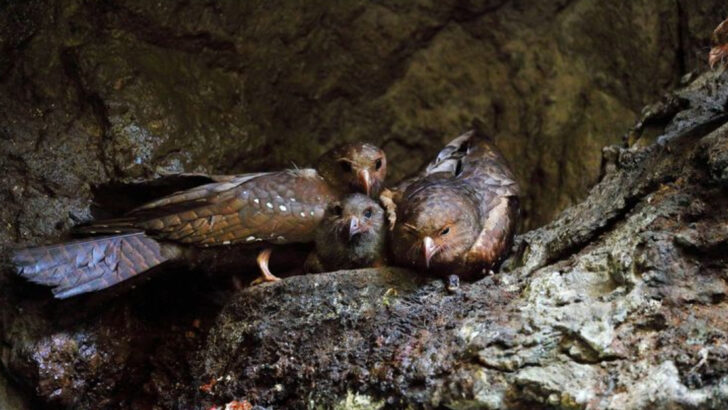Owls don’t just fly—they vanish into the night like ghostly shadows on wings.
No flap. No flutter. No warning.
While other birds beat the air like drums, owls slice through the sky in complete silence.
It’s not magic. It’s science. And it’s a little spooky.
But the silence is just the beginning.
Night birds are built for stealth, survival, and stunts that would make superheroes jealous.
We’re talking 270-degree neck turns, vision so sharp it makes night-vision goggles look silly, and hearing so precise they can hunt in total darkness.
And yes—some even play dead to fool predators.
This isn’t just about owls—it’s a whole secret society of winged wonders that thrive when the rest of the world is asleep.
So grab a flashlight (and maybe a blanket).
We’re diving into the after-dark world of birds with talents too wild to be believed.
Silent Flight of Owls

Owls are masters of stealth, gliding silently through the night with an elegance unmatched by other birds. This superpower is due to the unique structure of their feathers, which reduces noise and allows them to swoop down on prey without warning.
Did you know? The fringed edges of their flight feathers break up turbulence, while the downy feathers absorb sound, making their flight nearly inaudible.
This adaptation is crucial for hunting in the quiet of night, where even the smallest sound can alert their prey. Owls truly are the ninjas of the avian world.
Ultrasonic Hearing of Barn Owls
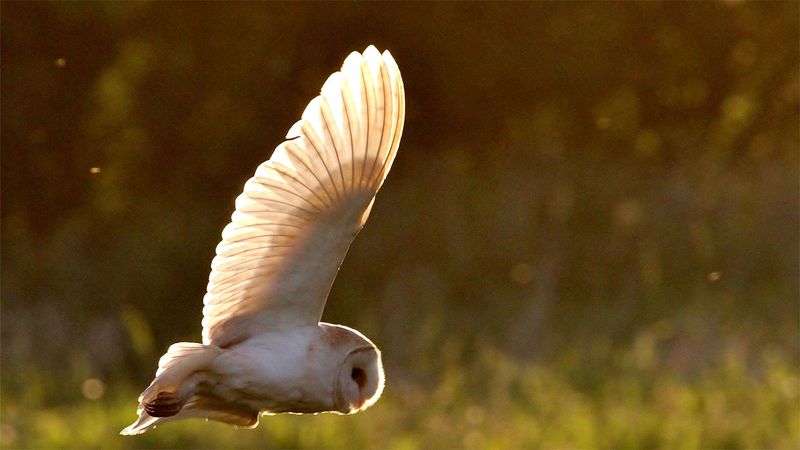
Barn owls possess a remarkable ability to hear sounds at ultrasonic frequencies. Their facial discs function like satellite dishes, capturing sound waves and funneling them to their asymmetrically placed ears.
This adaptation enables them to detect the faintest noises made by their prey, even when hidden under thick foliage or snow.
The precision of their hearing is so advanced that they can locate prey solely by sound, making them formidable nocturnal hunters. Their auditory prowess highlights the intricate adaptations of night birds, showcasing nature’s ingenuity.
Night Vision of Tawny Owls
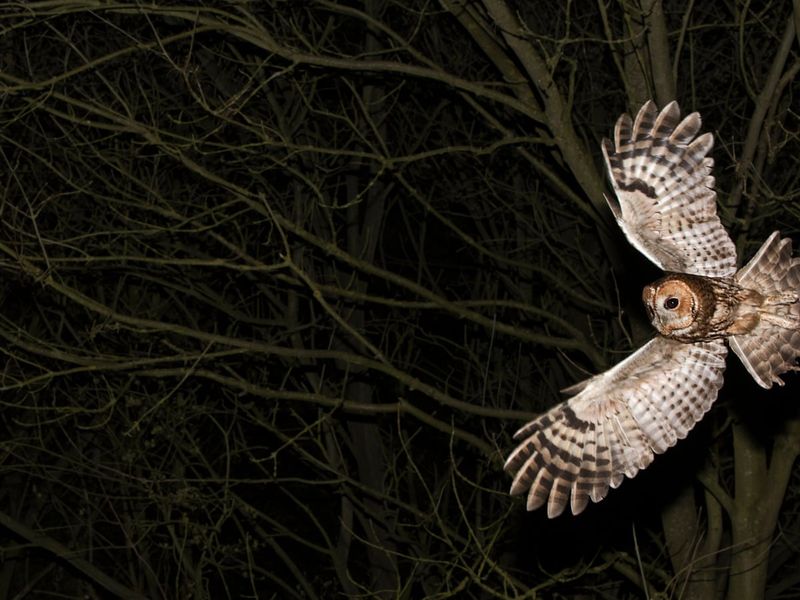
With eyes adapted for low light, tawny owls boast extraordinary night vision. Their large eyes contain an abundance of rod cells, which are highly sensitive to light, allowing them to see clearly in the dark.
These nocturnal hunters rely heavily on their visual prowess to locate and capture prey, using their keen sight to navigate through dense forests with ease.
The tawny owl’s ability to see in near-complete darkness is a testament to the evolutionary marvels that enable night birds to thrive when the sun sets.
Song of the Nightingale
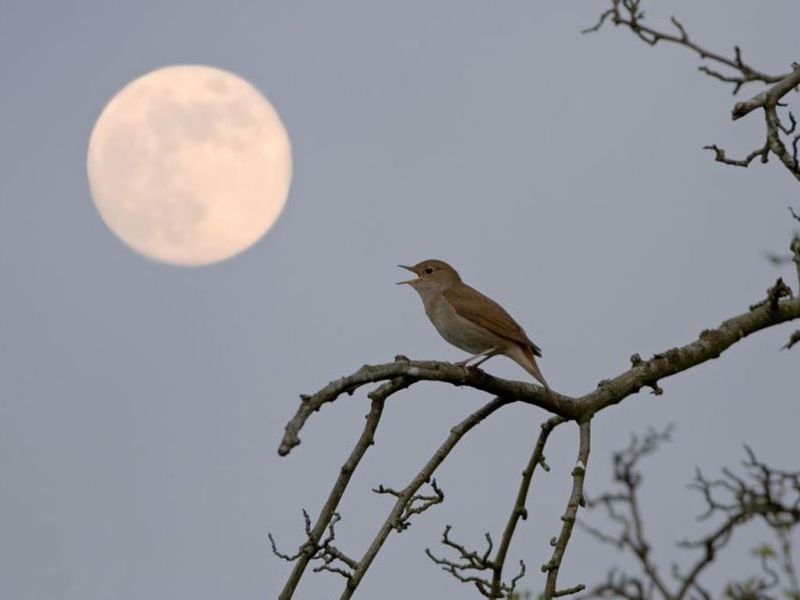
The nightingale is celebrated for its beautiful, melodious song, often performed under the cover of darkness. These birds use their powerful vocal abilities to communicate and attract mates, filling the night with their enchanting tunes.
Their song comprises a range of notes and sequences, demonstrating impressive vocal control and variation.
This musical prowess not only captivates the listener but also serves as a vital communication tool in the stillness of night. The nightingale’s song is a revered symbol of beauty and emotion in the avian world.
Camouflage of the Common Poorwill

The common poorwill has mastered the art of camouflage, blending seamlessly with its environment to avoid detection. During the day, it rests motionless, relying on its mottled plumage to remain concealed from predators.
This bird’s ability to become almost invisible in its natural habitat is a crucial survival strategy.
When nighttime arrives, the poorwill becomes active, its camouflage aiding in stealthy movements as it hunts for insects. This exemplary use of disguise showcases the poorwill’s adaptability and the diverse strategies night birds employ to thrive.
Thermal Regulation of Oilbirds
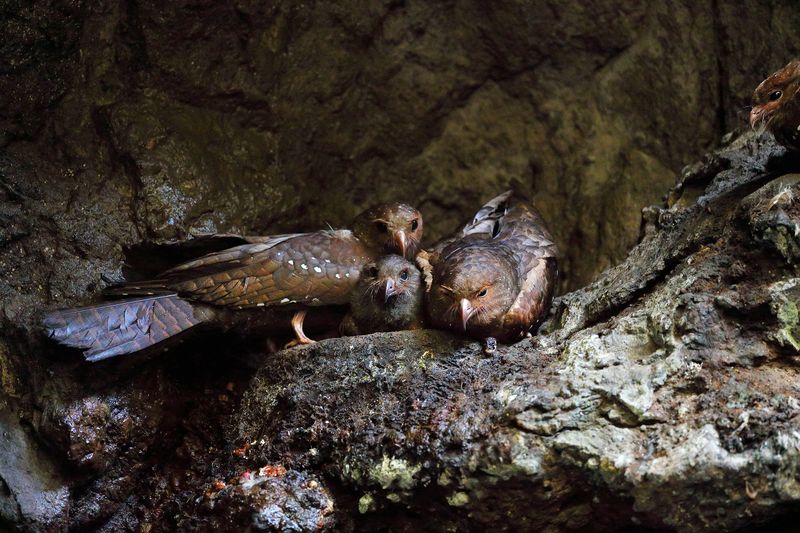
Oilbirds live in the dark confines of caves, where they have developed unique adaptations for thermal regulation. They can maintain their body temperature in the cool, damp ambiance through a specialized metabolic process.
These birds rely on a diet rich in oily fruits, which provides the necessary energy to sustain their body heat.
By roosting in colonies, oilbirds further enhance their thermal efficiency, maintaining warmth through collective body heat. This adaptation is vital for survival in their unique habitat, highlighting the extraordinary traits of night birds.
Echolocation of Swiftlets
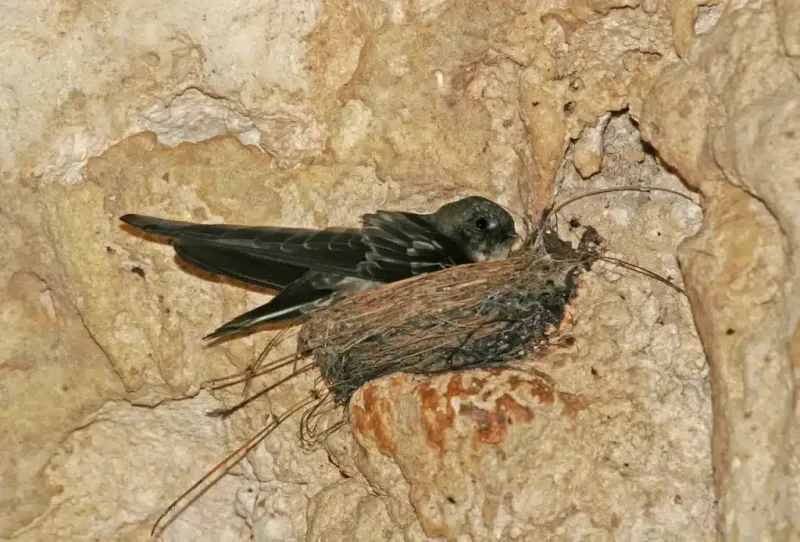
Swiftlets are renowned for their echolocation abilities, a trait more commonly associated with bats. These birds emit clicking sounds to navigate the pitch-black interiors of the caves they inhabit.
The echoes from these clicks help swiftlets map their surroundings, avoiding obstacles and locating food.
This remarkable adaptation allows them to thrive in environments where eyesight alone would be insufficient. The use of echolocation by swiftlets underscores the diverse evolutionary paths taken by night birds, enabling them to inhabit a variety of ecological niches.
Hovering Skills of the European Nightjar
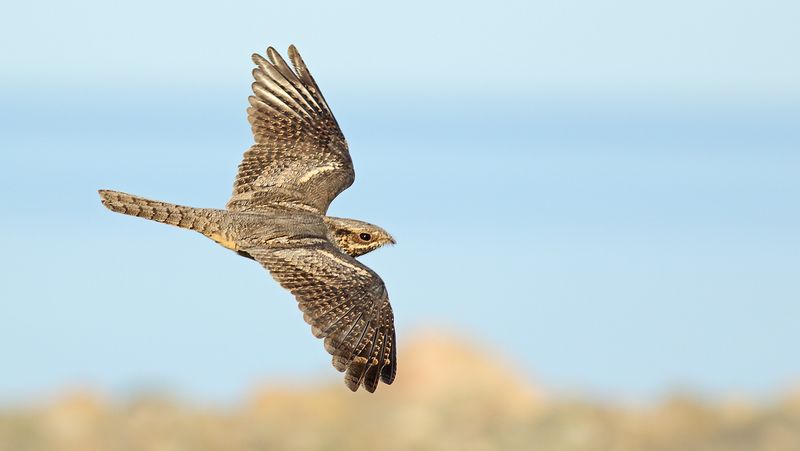
European nightjars are adept at hovering, a skill that aids them in capturing insects on the wing. Their long, pointed wings and agile flight allow them to remain stationary in the air, a rare ability among birds.
This hovering skill is crucial during their nocturnal foraging activities, enabling them to snatch insects with precision.
The nightjar’s aerial agility reflects the specialized adaptations of night birds, showcasing their ability to exploit various food sources under the cloak of darkness. Their hovering technique is a marvel of avian engineering.
Mimicry of the Lyrebird
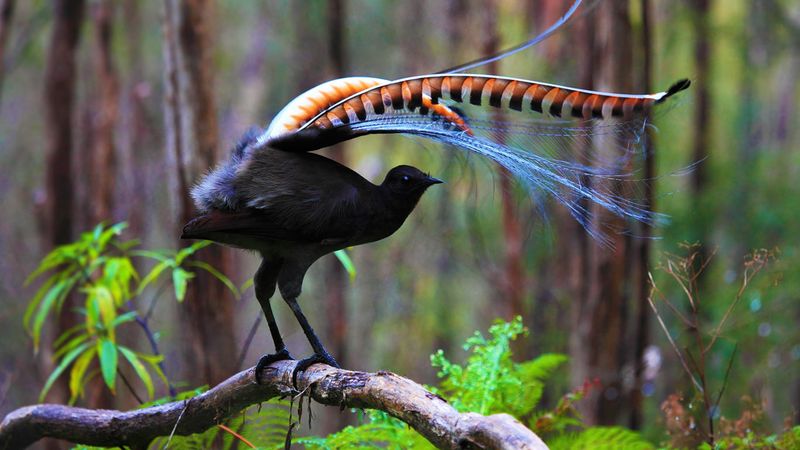
Though primarily a daytime bird, the lyrebird’s incredible mimicry skills are worth mentioning. These birds can imitate a wide range of sounds, from chainsaws to other bird species, creating a fascinating auditory display.
Their ability to replicate sounds with uncanny accuracy is used in courtship and territorial displays.
The lyrebird’s mimicry highlights the complex communication skills found in birds, both day and night. This superpower is a testament to the lyrebird’s adaptability and the intricate social interactions that define avian life.
Stealth of the Black-crowned Night Heron
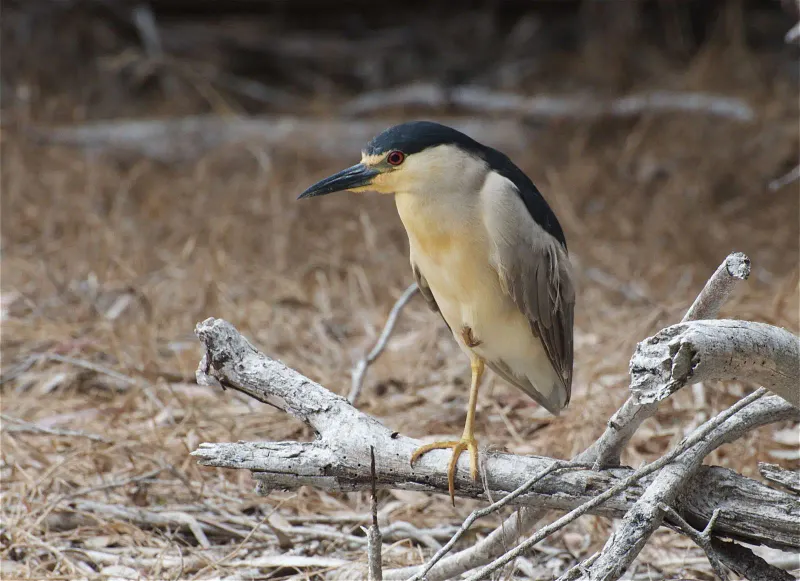
The black-crowned night heron is a master of stealth, moving silently through wetland habitats as it searches for prey. This bird’s ability to hunt undetected is aided by its patient, deliberate movements and muted plumage.
By remaining still and blending with its surroundings, the heron can approach unsuspecting fish and amphibians with ease.
This silent hunting technique is crucial for survival in their watery world, showcasing the adaptive strategies of night birds. The heron’s stealth reflects nature’s ingenuity in crafting effective predatory skills.
Social Roosting of Ravens
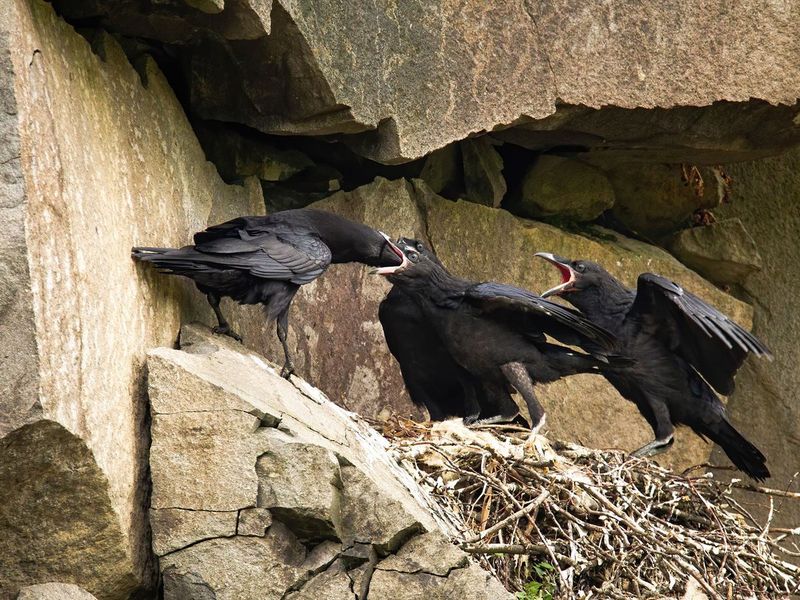
Ravens exhibit a fascinating social behavior through communal roosting. These intelligent birds gather in large numbers at dusk, creating a spectacle as they settle for the night.
Roosting together provides warmth and protection, as well as opportunities for social interaction and information exchange.
This social behavior highlights the complex social structures and intelligence found in night birds. Through communal roosting, ravens demonstrate the benefits of cooperation and the intricate dynamics that govern avian societies.
Migratory Navigation of the Common Cuckoo
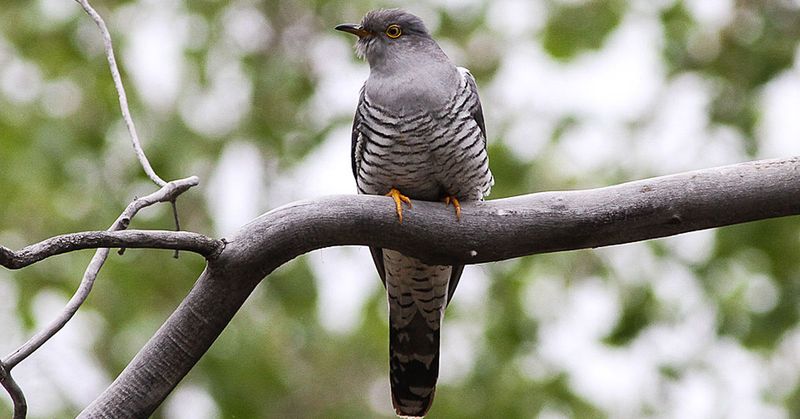
The common cuckoo possesses an extraordinary ability to navigate vast distances during migration. These birds undertake arduous journeys across continents, guided by an internal compass and an innate understanding of celestial cues.
Their migratory prowess allows them to travel thousands of kilometers, often alone, to reach breeding grounds.
This remarkable navigation skill underscores the resilience and determination of night birds, showcasing their adaptability to seasonal changes. The cuckoo’s migratory journey is a testament to the wonders of avian endurance and navigation.
Nocturnal Foraging of the Woodcock

The woodcock is an expert nocturnal forager, using its long bill to probe the soil for earthworms and insects. This bird’s foraging technique is adapted for nighttime, when competition is reduced, and prey is abundant.
Its eyes positioned high on its head give it a wide field of vision, crucial for detecting movement in the dark.
The woodcock’s nocturnal habits demonstrate the diverse foraging strategies employed by night birds, each adapted to their specific ecological niche. This bird’s nighttime activities are a marvel of adaptation and resourcefulness.
Adaptable Feeding of the Nighthawk
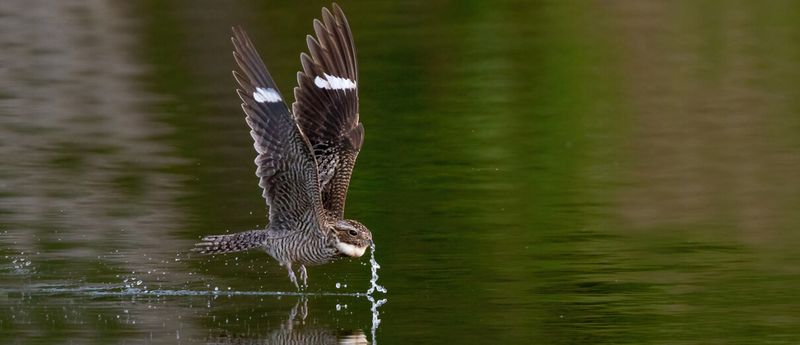
Nighthawks are adept at catching insects in flight, using their wide mouths and acrobatic flight to great effect. These birds patrol open skies at dusk, feeding on swarming insects, an abundant resource during twilight.
Their feeding strategy is highly adaptable, allowing them to exploit various environments and food sources.
The nighthawk’s foraging behavior exemplifies the flexibility and adaptability that night birds possess, enabling them to thrive in diverse habitats. Their aerial feeding antics are a spectacle of nature’s ingenuity and grace.

